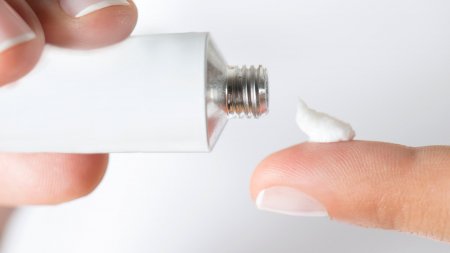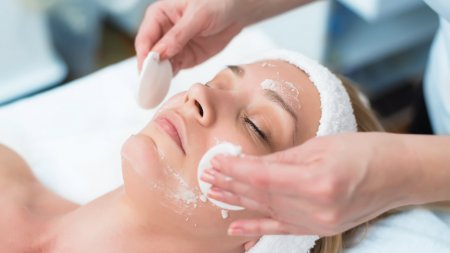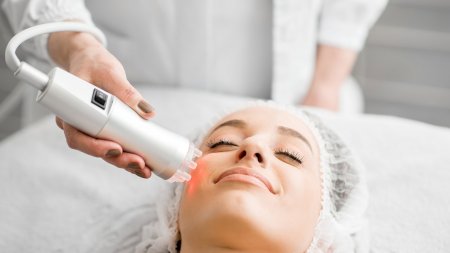Solutions & treatments
How to reduce dark spot pigmentation?
From the outside, the inside, at the doctor’s side

Solutions & treatments
From the outside, the inside, at the doctor’s side
Several types of hyperpigmentation exist, including melasma, post-inflammatory hyperpigmentation (PIH) and two sorts of lentigines, one due to the sun (solar lentigines) and the second one linked to the age factor (senile lentigines). Melanin is responsible for all forms. When UV rays penetrate the skin, they launch the process that generates melanin and draws it to the skin’s surface. Your best protection against hyperpigmentation is therefore seeking shade and applying sunscreen.
To reduce the amount of discolouration you may have, a dermatologist can prescribe a number of medical treatments, ranging from topical medication to peelings, laser and light therapy.
These dermatological treatments are not suitable for all skin types and climates and can often lead to reactions in the form of spots and marks. Skin irritation and relapse are the main risks with all the treatments.
Among the most recognised and prescribed dermatological treatments for hyperpigmentation is the Kligman’s trio, named for the doctor who developed it, and the association of three types of medicine that together create the most notable effect.
Hydroquinone is used with hydrocortisone and retinoic acid to remedy hyperpigmentation, acting at different stages of the melanin cycle.
Depigmentation becomes apparent after three to five weeks of treatment, and the maximum effect is visible at between five and seven weeks. Dermatologists limit treatment to no more than two months twice a year due to the stress placed on the skin by the active substances. Irritations and sensitivity can appear, as well as relapse, which is the biggest disappointment after such an investment.
Hydroquinone can be used as a monotherapy for hyperpigmentation, to slightly less pronounced effect.
Hydroquinone’s depigmenting action was discovered in 1936 when German scientist Oettel noticed that black cats’ hair became lighter when hydroquinone was added to their drinking water. The molecule has been used in therapeutic treatments since 1961. Since 2001 in Europe, products containing hydroquinone can only be issued under medical supervision.
As an inhibitor of tyrosinase, hydroquinone on its own can be effective in treating melasma and PIH. Hydroquinone is used at 2% to 4%, small quantities are applied to small areas, twice a day for three to six months. Results are visible between four weeks and four months of treatment. Side effects include contact allergy and irritation. Dermatologists limit its use for these reasons.

Peels consist of applying a chemical substance onto the skin to trigger a limited destruction of the epidermis and outer layers of the dermis to improve certain pathological or aesthetic disorders.
Glycolic acid dermatological peels are the most popular superficial peel and can yield good results for hyperpigmentation, except for dark-skinned individuals who are at risk of PIH. Hydrophilic AHA is commonly used. It acts on the skin’s surface to reduce skin cell adhesion. Flaking and redness occur during one or two days which you can explain away at work as a ‘rash’ before your new, evenly toned complexion appears.
Peels offer great flexibility, as concentration, pH and application time can all be adjusted. Four to six sessions are required, every two weeks, for a full treatment.

Intense pulsed light (IPL) and laser treatments also exist for specific hyperpigmentation cases.
IPL, sometimes also called flash lamp, is used to treat age spots by targeting melanin. It is most often successful in treating excess pigmentation for recalcitrant, dermal or mixed melasma.
Laser treatments target melanin cells at the intracellular level, inducing dermal inflammation that can help budge melanin and renew skin. Relapses are frequent when treating melasma. As a final exasperation, localised ‘confetti’-shaped depigmentation or reactive hyperpigmentation may also appear. Keeping the laser flux density low helps to limit the side effects, but also requires that you make numerous weekly sessions which may prove difficult to accommodate.
